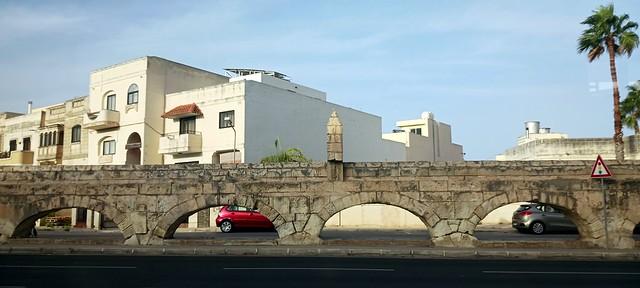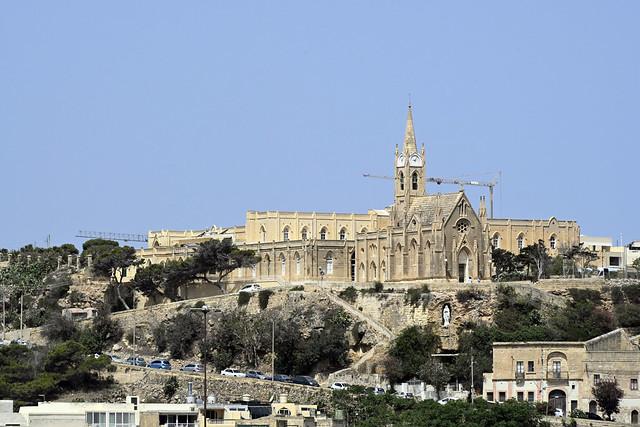Santa Venera
Overview
Overview of Santa Venera, Malta
Santa Venera is a small town located in the central region of Malta, an island known for its rich history and vibrant Mediterranean culture. This town, while smaller than more famous Maltese destinations, offers a unique glimpse into the daily life and heritage of the Maltese people. Santa Venera is characterized by its charming architecture, with highlights including the old Santa Venera church and the impressive Wignacourt Aqueduct that runs through part of the town. The area is also known for its local festivals and friendly, welcoming atmosphere, making it a quaint alternative to the bustling tourist spots.
Tourism Season and Activities
The high season for tourism in Santa Venera, like much of Malta, falls between late spring and early autumn, peaking from June to September. During these months, the weather is typically warm and sunny, ideal for exploring the outdoors. The town’s festivals, particularly the feast of Santa Venera in July, are vibrant celebrations with fireworks, music, and traditional food, providing visitors with an authentic taste of Maltese festivity. Additionally, its central location makes it easy to travel to nearby beaches or other towns, offering a good base for water sports, hiking, and cultural tours around the island.
Preparation for Travel
Before visiting Santa Venera, travelers should ensure they are well-prepared to make the most of their experience. It’s advisable to book accommodations in advance, especially if planning to visit during the high season, as Malta can get quite busy. Familiarize yourself with local transportation options; while Santa Venera is accessible by bus, renting a car might provide more flexibility for exploring more remote areas of Malta. Lastly, pack appropriate clothing for warm weather, but also bring a light jacket for cooler evenings. Learning a few basic phrases in Maltese can also be helpful, although English is widely spoken.
How It Becomes to This
History not available

You May Like
Explore other interesting states in Malta









